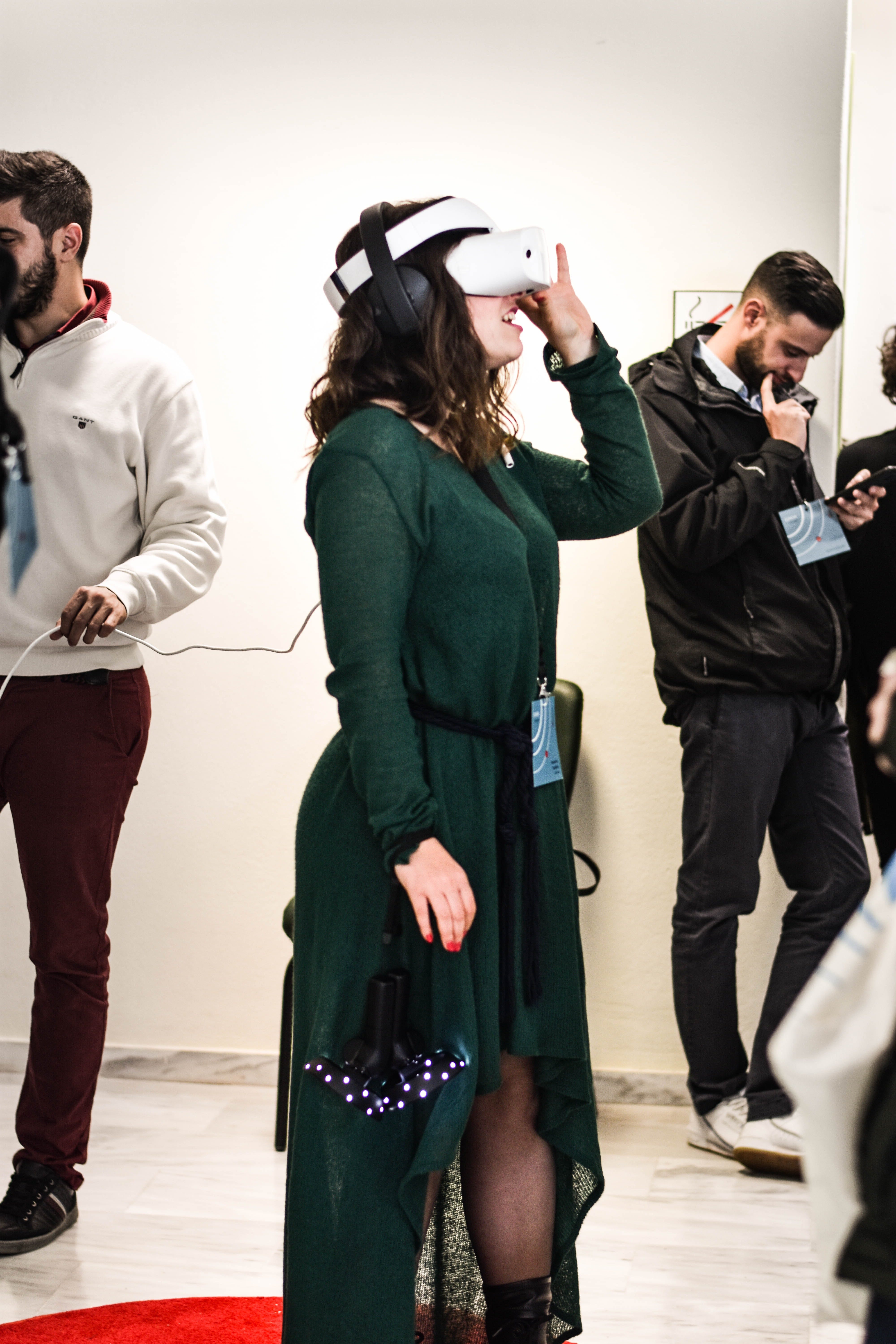Virtual Reality (VR) technology has the potential to transport users to entirely new environments and offer immersive experiences. As VR technology has become more accessible, there has been an increase in demand for VR experiences, ranging from gaming to education to training. In this article, we’ll explore the basics of designing a VR experience, from ideation to implementation.

Ideation and Conceptualization
The first step in designing a VR experience is ideation and conceptualization. This involves brainstorming ideas and developing a concept for the experience. Some questions to consider during this phase include:
- What is the purpose of the experience?
- Who is the target audience?
- What environment do you want to create?
- What interactions will be available to the user?
Once you have a solid concept for the experience, you can move on to the next phase of the design process.
Storyboarding and Prototyping
The next phase in designing a VR experience is storyboarding and prototyping. This involves creating a visual representation of the experience, often in the form of storyboards and prototypes. Some questions to consider during this phase include:
- What is the narrative of the experience?
- What are the key moments and interactions?
- How will the user move through the environment?
- What visual and audio elements will be included?
Prototyping can be done using VR design software, such as Sketchbox or Gravity Sketch, which allow designers to create 3D models and environments. These prototypes can be viewed in VR, allowing designers to test and refine the experience before moving on to implementation.

Implementation
Once the concept and prototype have been developed, it’s time to move on to implementation. This involves creating the necessary code and assets to bring the experience to life. Some questions to consider during this phase include:
- What platform will the experience be developed for?
- What tools and programming languages will be used?
- How will the user interact with the environment?
- What assets, such as 3D models and textures, will be required?
There are a variety of VR development tools available, including Unity, Unreal Engine, and Oculus Developer Hub. These tools offer a variety of features and functionality, allowing developers to create immersive VR experiences.
Testing and Refinement
Once the experience has been implemented, it’s important to test and refine the experience to ensure it meets the needs of the target audience. This involves testing the experience with users and making adjustments based on their feedback. Some questions to consider during this phase include:
- How does the experience perform on different devices?
- What feedback are users providing?
- Are there any bugs or performance issues that need to be addressed?
- How can the experience be improved?
Testing and refinement is an iterative process, and may involve multiple rounds of testing and refinement before the experience is finalized.

Designing a VR experience involves a variety of phases, from ideation to implementation to testing and refinement. By following a structured design process and utilizing the right tools and resources, designers and developers can create immersive and engaging VR experiences that transport users to entirely new environments.
As VR technology continues to advance, we can expect even more innovative and creative uses of this technology. From entertainment to education to healthcare, VR offers endless possibilities for immersive experiences. By staying up-to-date with the latest trends and technologies, designers and developers can stay ahead of the curve and create truly unforgettable VR experiences.
